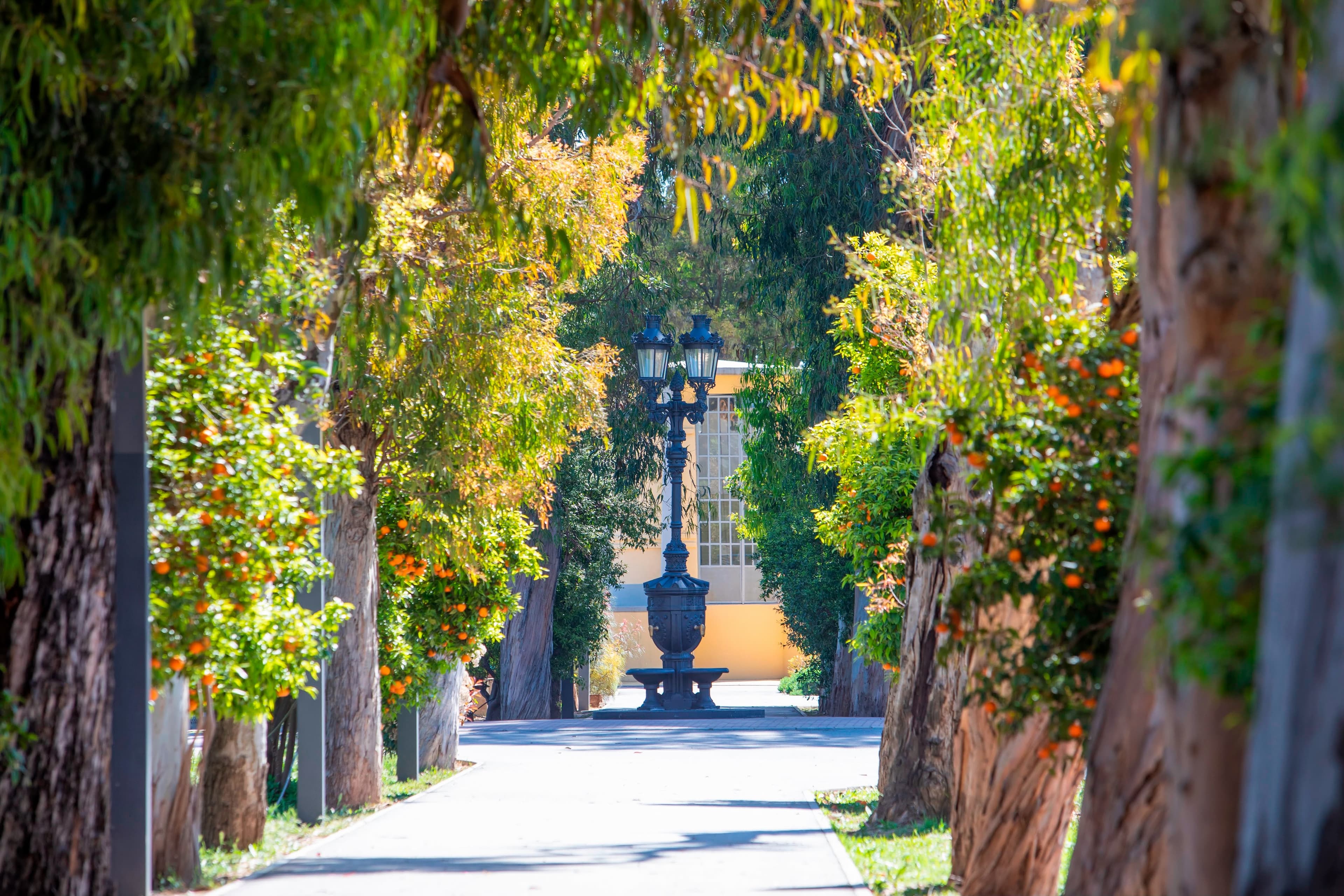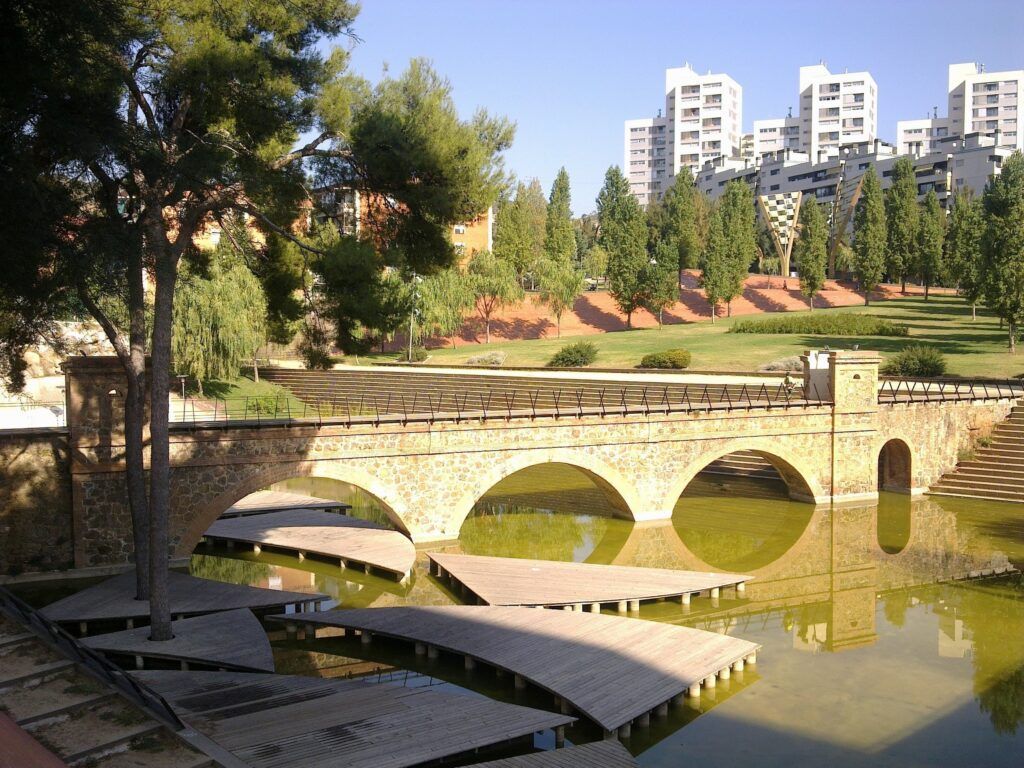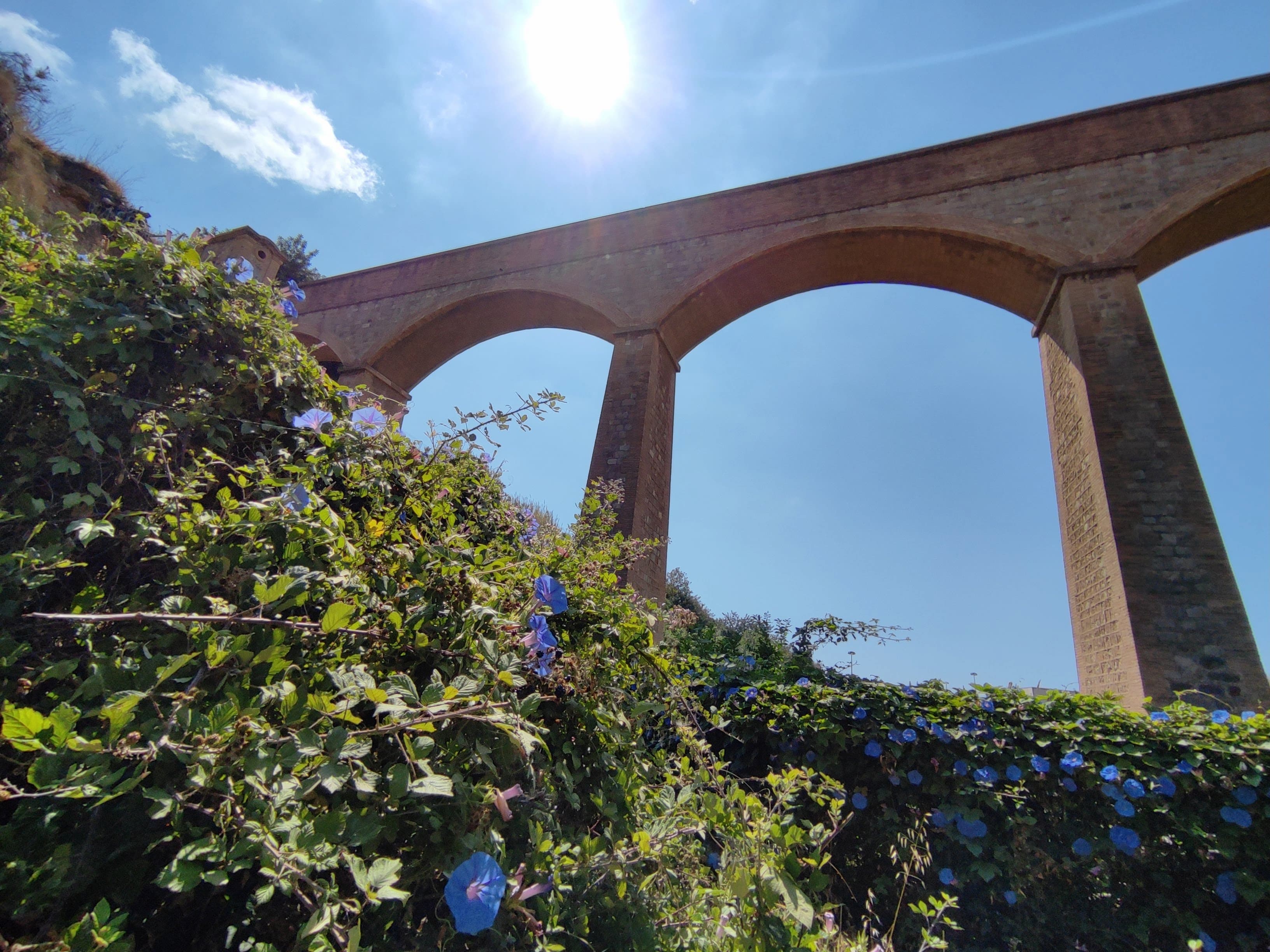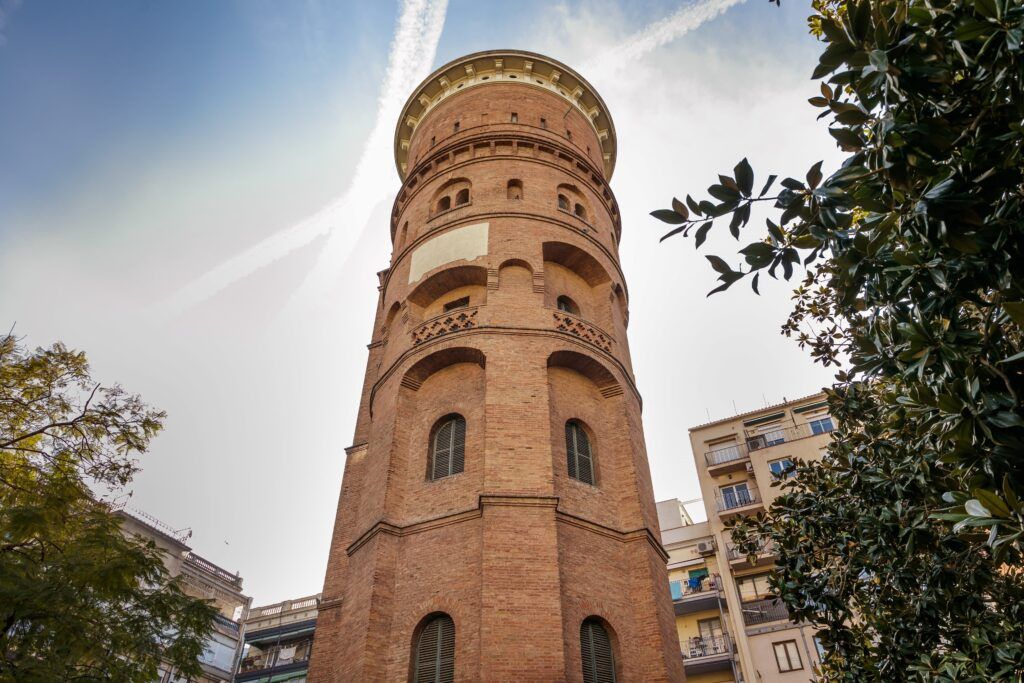The Industrial Heritage of Water II: Our Landscape
Discover some of the greatest treasures of the industrial heritage of water in Catalonia, unique elements arranged like pieces of a mosaic throughout the territory.
The water revolution leaves behind a heritage legacy that today is fully integrated into the different landscapes of our country. Buildings that characterise neighbourhoods and infrastructures that leave their particular mark on rural environments.
Faced with the difficulties that the climate crisis and the increase in periods of drought have in store for us, it is necessary to recover the lost memory and reclaim knowledge of the history of water in our country.
“Knowing the relationship between water and the territory, between water and the city, and reflecting on it is a necessary tool to face the challenges of our future.” (Albert Cuchí, 2011)
Many of the great works of hydraulic engineering are harmonized in perfect symbiosis with their environment and with people’s lives. Due to its monumentality and location, elements such as the Tibidabo Tower are very present in our imagination and everyday life.
Other unique ones, such as the water tower of Granollers, do not go unnoticed either. Whether they are more or less known, they have all played a fundamental role in the history of tap water supply. Let’s look at some of them.
1. Besòs Water Tower
The Besòs Water Tower is far from being just another element of the water infrastructure. Since its inauguration in 1882, it has distinguished itself as an important sign of identity for the residents of Poblenou (Barcelona), bearing witness to their experiences, stories and roots.


“Due to its formal beauty, it has been considered one of the most beautiful in Catalonia. Painted by artists such as Ramon Calsina, Josep M. Subirachs and Joan Pallarès, it has become a referential and inseparable element in the landscape of Poblenou.” (Antoni Vilanova, 2012)
2. Baix Vallès Aqueduct
A section of the Baix Vallès aqueduct is preserved in the middle of the Parc Central de Nou Barris, pedestrians walk and cross it. Crossing Cerdanyola and Montcada, it carried water from the Ripoll river to the Barcelona neighbourhood of Guinardó.
Placed today as a decorative element, it recalls the feat of supplying the Catalan capital at a time of scarcity.
3. Reservoir of the waters of the Pedró
The Pedró water reservoir, in Palamós, stands solemnly over the port, at the highest point of the municipality.
Although it is currently in disuse, it survives over time alongside the children who play on their feet.
4. Vallvidrera reservoir dam
Considered a jewel of hydraulic engineering, the Vallvidrera reservoir dam was built by one of the most successful Catalan architects of the late nineteenth century.
Elías Rogent, the same man who carried out the reconstruction of the church of Ripoll and who built the great historic building of the University of Barcelona, was in charge of building this work, as simple as it is beautiful and of great quality.
5. Sabadell Water Tower
Sabadell’s imposing water tower tells us the history of this city and those who built it. It was built as a monumental response to the city’s water supply crisis in the face of exponential population growth.
Its great particularity stands out, since it is a modernist style construction, but with a great influence from the German tradition, especially in the shape of the dome.
6. Olive Deposit
The deposit of L’Oliva dates from the eighteenth century during the first phase of industrialization. Still in operation, it is part of the kilometre-long supply system of the Archbishop’s Mine, which supplies approximately 3% of the city’s water.
Although the construction of the system began at the end of the eighteenth century, the last elements were incorporated in the last century. It is an architectural jewel that presents a surprising historical continuity, since some sections even take advantage of the ancient Roman infrastructure.
7. Central of the Sociedad General de las Aguas de Barcelona
The former Central of the Sociedad General de Aguas de Barcelona in Cornellà, in addition to being one of the greatest exponents of the industrial heritage of water, has been the headquarters of the AGBAR Water Museum since 2004.
The Cornellà Power Plant has become a meeting point between history, heritage, science, technology and nature, thus contributing to consolidating a more sensitive, fair, aware and sustainable society.
On the site there are projects such as the Butterfly Garden and the Insect Hotel, key to reinforcing the inseparable connection that must exist between the history of urban water supply and the conservation of biodiversity in the face of a future of difficulties.
Like the Cornellà Power Plant, many of the infrastructures previously intended to capture, store, distribute and purify water in the past, continue to play an important role for the community today at the end of their useful life.
Claiming them as elements of great historical value for our community is an essential task. Recovering the memory of the past and giving it a cultural and civic dimension is part of the path to building a collective awareness of water management.
The industrial heritage of water is thus part of our past, present and future. Its diachronic interpretation becomes one of the fundamental axes to lay the foundations that allow us to overcome the challenges of tomorrow.
Do you want to learn more about the history of the industrial heritage of water in Catalonia? Explore the first episode of this virtual exhibition:
The Industrial Heritage of Water I: How tap water reached our homes

















